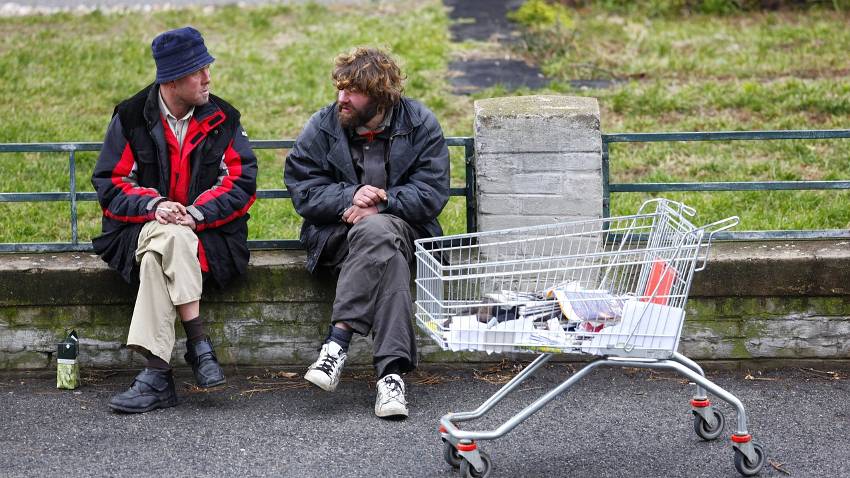Summary: A landmark study by the Institute for Health Metrics and Evaluation reveals dramatic disparities in Americans’ well-being based on race, location, and age. Using a unique adaptation of the Human Development Index to analyze individual-level data, researchers uncovered stark differences in lifespan, education, and income across different populations, with particularly concerning gaps affecting American Indian and Alaska Native communities.
Journal: The Lancet, November 7, 2024 | Reading time: 4 minutes
Measuring America’s Well-being Divide
For the first time, researchers have mapped well-being across America at an individual level, revealing deep disparities that challenge our understanding of opportunity in the United States. The study, published in The Lancet, adapted the United Nations’ Human Development Index to examine how education, income, and life expectancy vary across different populations.
The research team analyzed data from the American Community Survey and death records, creating a comprehensive picture of well-being from 2008 to 2021.
Who Faces the Greatest Challenges?
The findings reveal stark disparities among different groups. Half of American Indian and Alaska Native males fall into the lowest segment of well-being, while 40% of Black males face similar challenges. While White males make up the largest group in the lowest segment due to population size, they represent a smaller percentage of their total population in this category.
Geographic location plays a crucial role, with populations in the southern United States, Appalachia, and Rust Belt states disproportionately represented in the lowest well-being segment.
The Age Factor
The study uncovered significant generational differences in these disparities. In younger age groups (25-44 years), the lowest well-being segment is predominantly male. However, this pattern shifts dramatically with age, becoming predominantly female among older populations.
These age-related shifts are particularly striking among White males. While they make up only 5% of the highest well-being segment in the 25-44 age group, this increases to 49% among those 85 and older.
Impact of COVID-19
The pandemic reversed years of progress, causing decreases in lifespan and overall well-being across all groups from 2019 to 2020. These declines were notably larger in historically marginalized populations, likely due to their increased likelihood of performing essential work or living in higher-exposure conditions.
Glossary
• Human Development Index (HDI): A measure combining lifespan, education, and income to assess well-being
• Household consumption: A measure of household income that accounts for family size
• Structural inequalities: Systemic disadvantages embedded in society’s institutions
• Marginalized populations: Groups historically excluded from full participation in social, economic, and political life
Reader Comprehension Quiz
1. What percentage of American Indian and Alaska Native males are in the lowest well-being segment?
Answer: 50%
2. How did the COVID-19 pandemic affect well-being trends?
Answer: It caused decreases in lifespan and overall well-being, with larger impacts on marginalized populations
3. Which regions showed the highest concentration of low well-being scores?
Answer: The Deep South, Appalachia, and the Rust Belt
4. How does the gender distribution in the lowest well-being segment change with age?
Answer: It shifts from predominantly male in younger age groups to predominantly female in older age groups
Enjoy this story? Get our newsletter! https://scienceblog.substack.com/
If our reporting has informed or inspired you, please consider making a donation. Every contribution, no matter the size, empowers us to continue delivering accurate, engaging, and trustworthy science and medical news. Independent journalism requires time, effort, and resources—your support ensures we can keep uncovering the stories that matter most to you.
Join us in making knowledge accessible and impactful. Thank you for standing with us!

